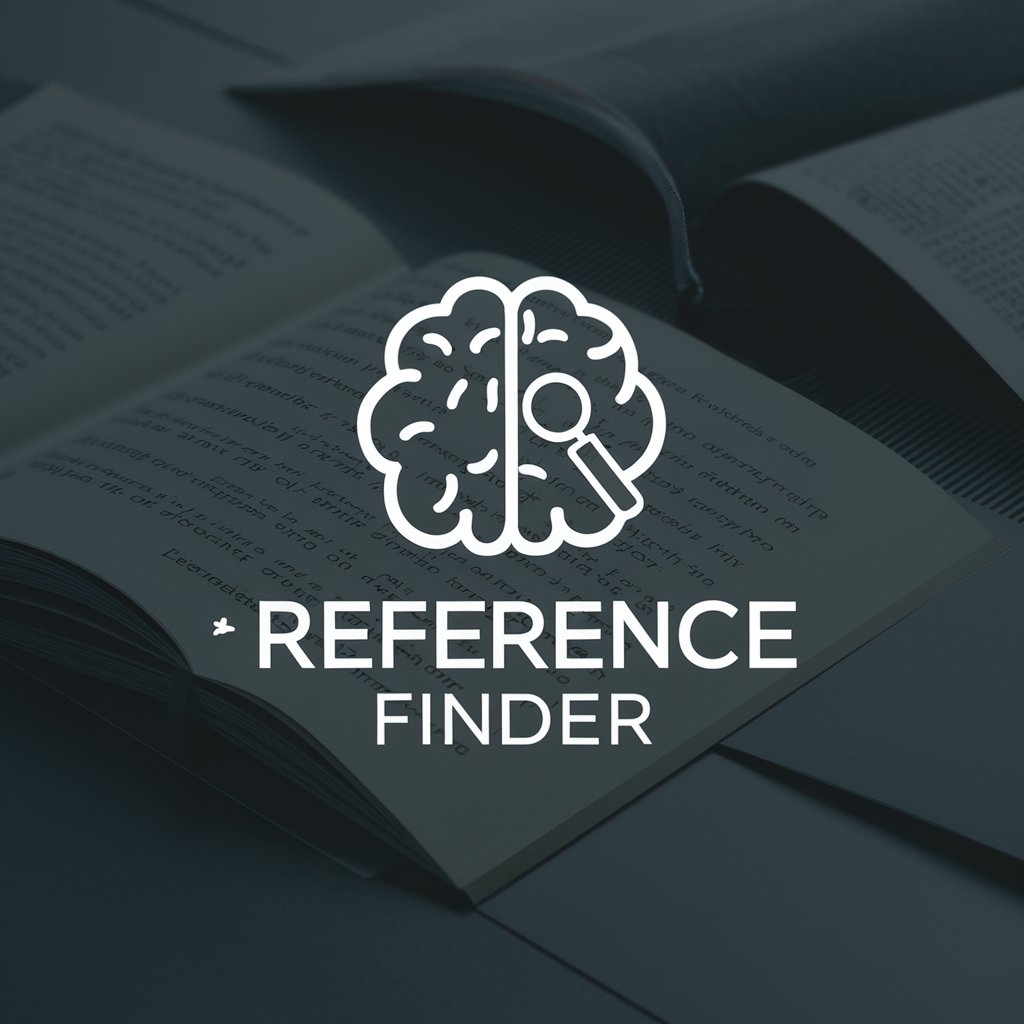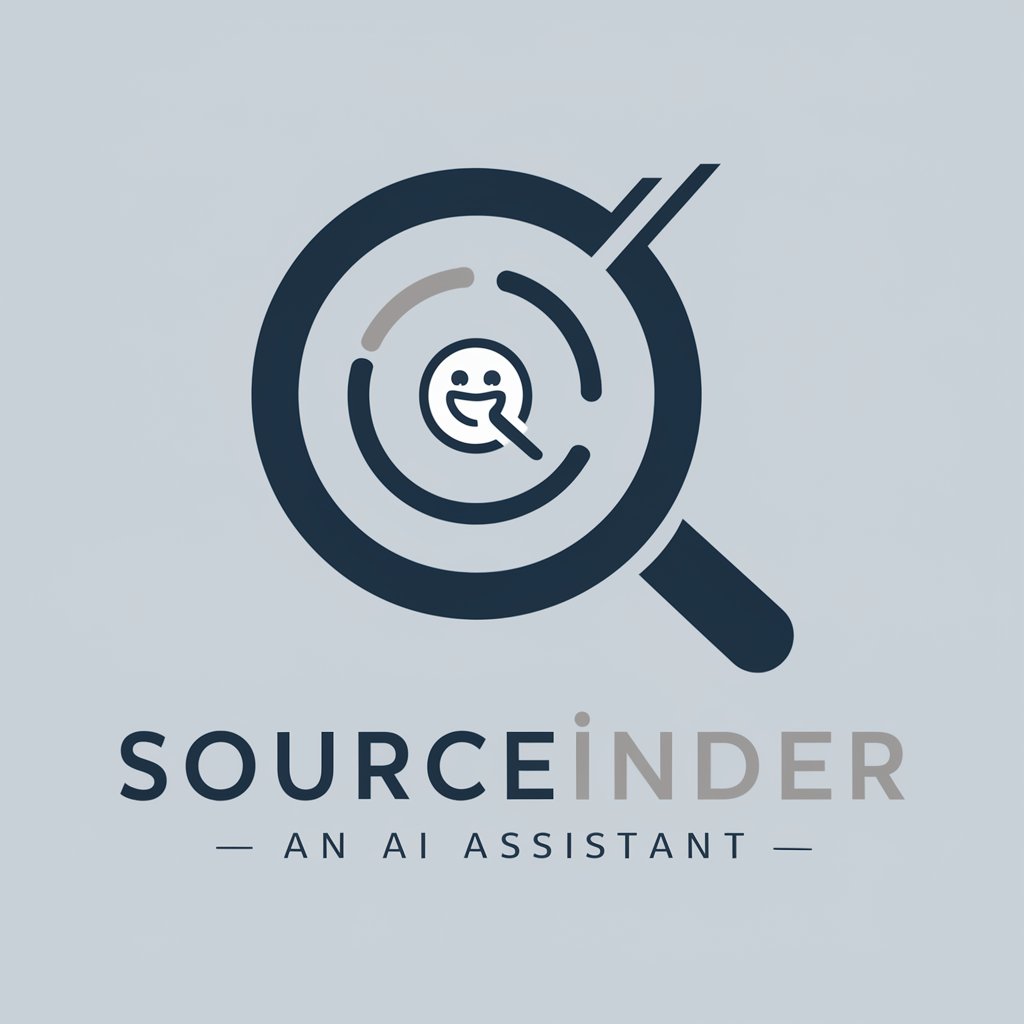
WhyFinder - Root Cause Analysis Tool

Welcome! Let's dive into root cause analysis together.
Unlock insights with AI-driven analysis
Why did the equipment fail during the operation?
What caused the delay in the construction project?
Why is there a decrease in oil production?
What led to the safety incident on site?
Get Embed Code
Introduction to WhyFinder
WhyFinder is a specialized tool designed to assist in identifying the root causes of problems within industrial sectors such as engineering, oil and gas, and construction. It operates on the principle of 5-Why Analysis, a methodical approach that involves asking 'why' multiple times (typically five) to delve deeper into the underlying reasons behind a specific problem. This process encourages users to move beyond superficial explanations and reach the core issue that needs addressing. WhyFinder adopts a supportive, curious, and encouraging tone throughout this process, guiding users through each step with informed questions based on the user's previous responses. An example scenario might involve an engineering team facing repeated machinery failures. WhyFinder would guide them through a series of questions starting from the initial observation of the failure to uncovering maintenance lapses, training gaps, or systemic issues in procurement processes that could be the root causes. Powered by ChatGPT-4o。

Main Functions of WhyFinder
Root Cause Analysis
Example
Identifying the underlying cause of decreased production efficiency in a manufacturing plant.
Scenario
WhyFinder helps to systematically break down the problem by asking 'why' at each level of symptom until the fundamental reasons, such as equipment aging or improper operation procedures, are identified.
Encouraging Detailed Interaction
Example
Improving the safety protocols in a construction site.
Scenario
Through a series of targeted questions, WhyFinder encourages users to think critically about each aspect of their current safety protocols, leading to the discovery of lapses in training or equipment maintenance.
Facilitating Logical Connection
Example
Solving recurrent quality issues in an oil and gas project.
Scenario
WhyFinder prompts the team to link each discovered problem with its underlying cause, thereby mapping out a clear path to resolving issues such as material quality, supplier reliability, or process control deficiencies.
Ideal Users of WhyFinder Services
Engineering Teams
Professionals involved in design, production, and maintenance who need to solve complex technical problems and improve processes. They benefit from WhyFinder's structured problem-solving approach, which helps in diagnosing issues accurately and efficiently.
Quality Assurance Managers
Individuals responsible for maintaining standards and ensuring the quality of products and services in industrial settings. They can use WhyFinder to identify the root causes of quality lapses and develop effective corrective strategies.
Project Managers in Construction, Oil, and Gas
Managers overseeing projects in these high-stake industries face unique challenges that require thorough analysis to prevent costly delays and ensure safety. WhyFinder aids in uncovering the deep-seated reasons behind project setbacks or safety incidents, guiding them toward actionable solutions.

How to Use WhyFinder
1
Begin by accessing the tool online, offering a no-cost trial without the need for account creation or a premium subscription.
2
Identify the problem or challenge you are facing within the industrial sector, such as engineering, oil and gas, or construction.
3
Use the tool to input your initial problem statement, starting with a broad description.
4
Engage with the sequential 5-Why questioning process, providing detailed responses to each query to drill down to the root cause.
5
Utilize the feedback and summaries provided by WhyFinder to refine your understanding and approach to solving the identified problem.
Try other advanced and practical GPTs
Coaching Dynamo
Empowering Your Coaching Journey with AI

Ransom Igor
Train against AI-powered cyber threats

Southparkize Me
Turn yourself into a South Park character

Prompt Coach
Perfect Your Prompts with AI

Accountability Partner
Empowering goal achievement with AI-driven reflection.

Education Entrepreneur Wisdom GPT
Empowering educational ventures with AI insights

QA Synthetics
AI-Powered Testing Strategy Partner

Fishbone Facilitator
Uncover root causes with AI precision.

Note Organizer — DataviewGPT 🧠
AI-Powered Insight into Your Notes

Daily Horoscope
Navigate Your Day with AI-Powered Astrology

Programmer's Room Artisan
AI-powered room design illustrations

GPT Action creator
Automate creatively with AI

Detailed Q&A about WhyFinder
What is WhyFinder?
WhyFinder is a specialized AI tool designed to assist in identifying root causes of problems within industrial sectors by guiding users through a structured 5-Why analysis process.
How does WhyFinder tailor its questions?
WhyFinder dynamically adapts its questions based on the user's previous answers, ensuring a relevant and focused exploration of the problem at hand.
Can WhyFinder be used for non-industrial problems?
While optimized for industrial sectors, WhyFinder's methodology can be applied to a broad range of problem-solving scenarios, offering valuable insights beyond its core focus.
What makes WhyFinder different from other analysis tools?
WhyFinder's unique approach lies in its AI-driven, sequential questioning that digs deeper into issues, encouraging detailed interaction and logical problem-solving.
How can users optimize their experience with WhyFinder?
For the best experience, users should provide detailed, specific answers to each question, engage actively with the tool's feedback, and be open to exploring underlying causes beyond initial assumptions.





